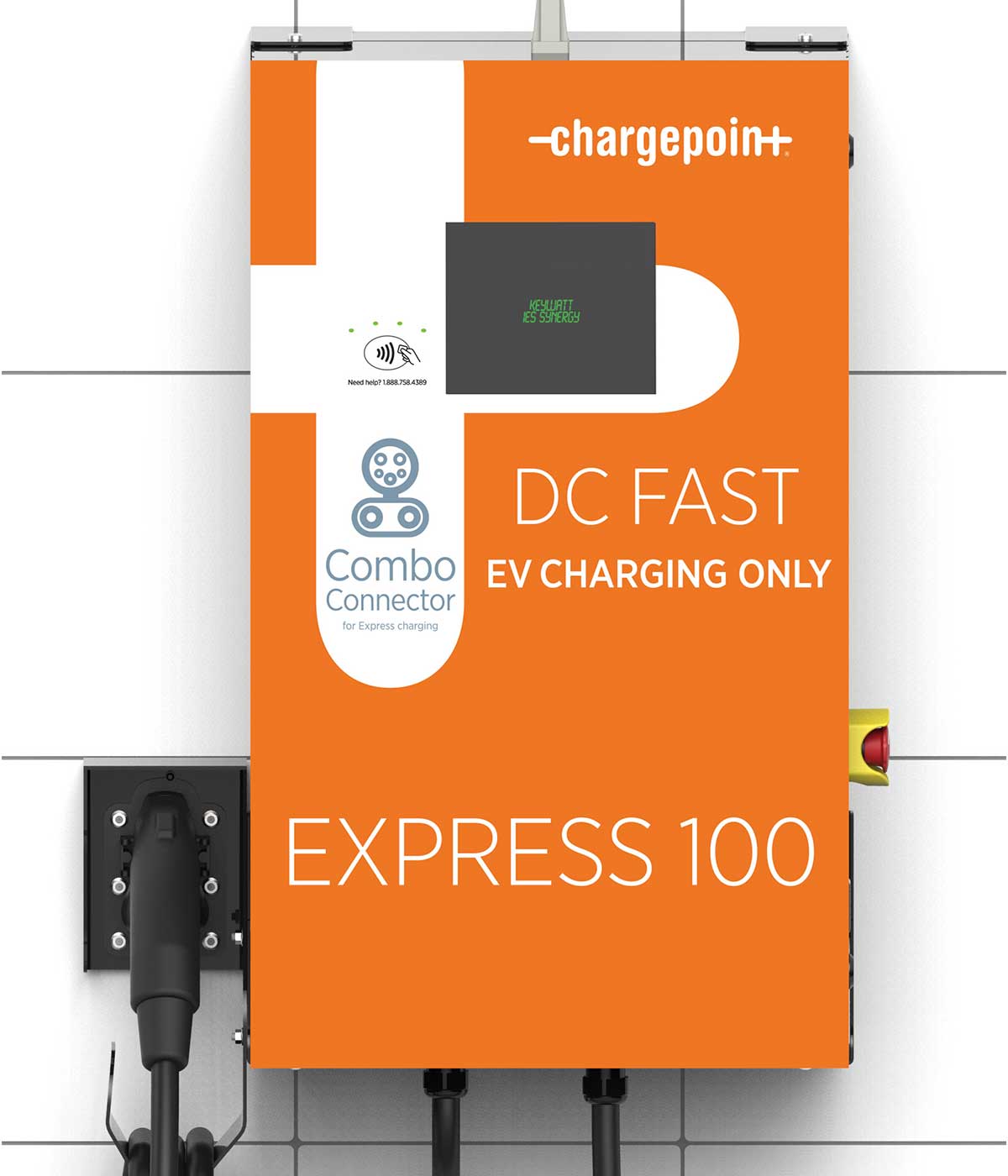Yes, of course I do. They are stupid expensive and too heavy to be portable. I was trying to find a link to that one on EVSEAdapters, but it looks like when they revamped their site and product offerings they stopped carrying it.
Stupid expensive when compared to 1 EVSE. But probably reasonable when compared to 1 EVSE and 1 OBC. And probably cheap when compared to 1 EVSE and 2 or more OBC.
Right now, you can install a 48A EVSE and say you are providing fast AC charging but when you have a 32A OBC EV pull up, you are only getting 32A charging.
Imagine going out with friends and you all bring your own straws. Then buying a Boba Tea and find that your straw is too small. LOL
No such problem with DC charging. LOL
Last edited:





